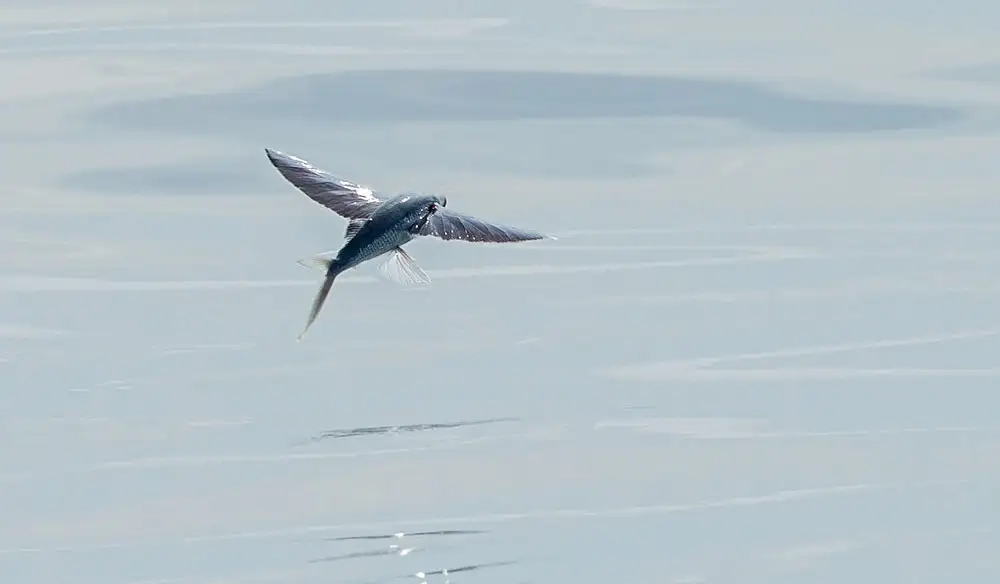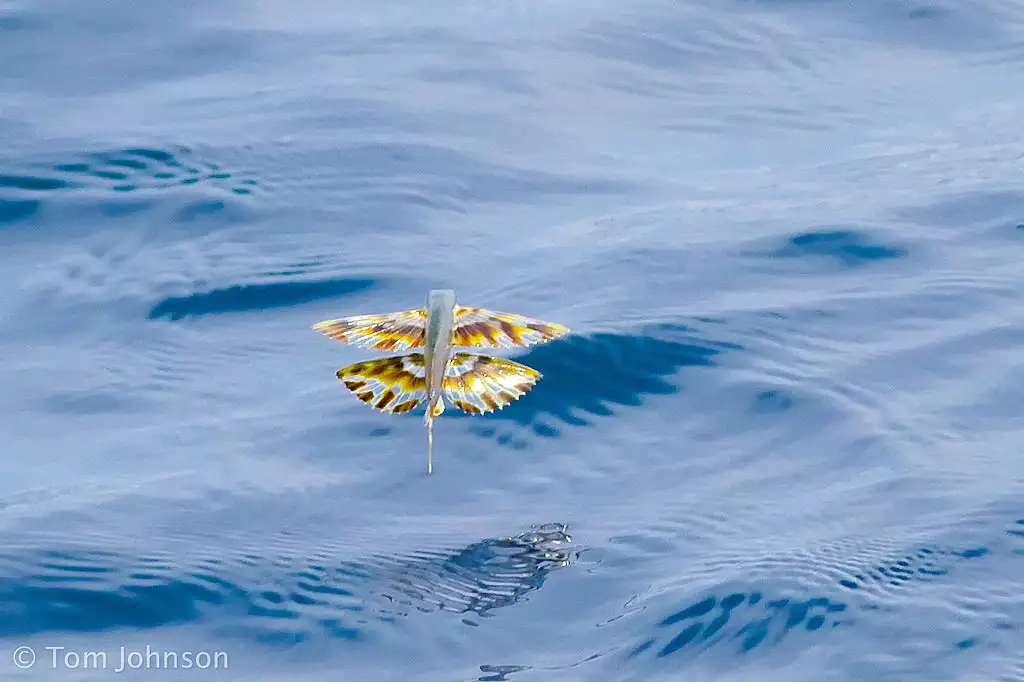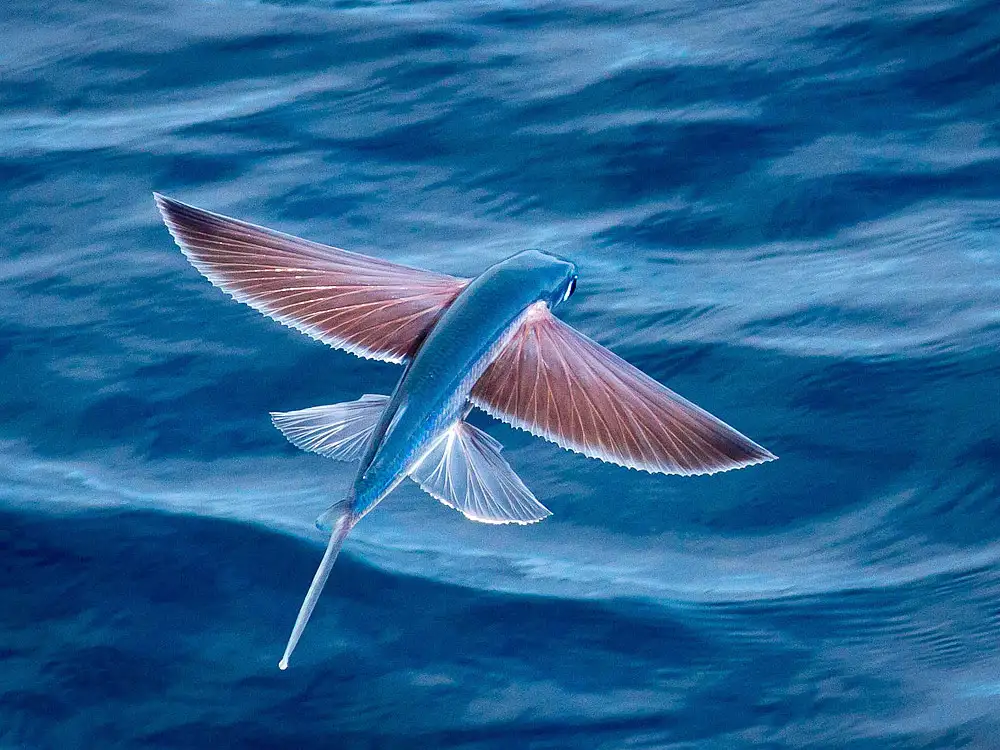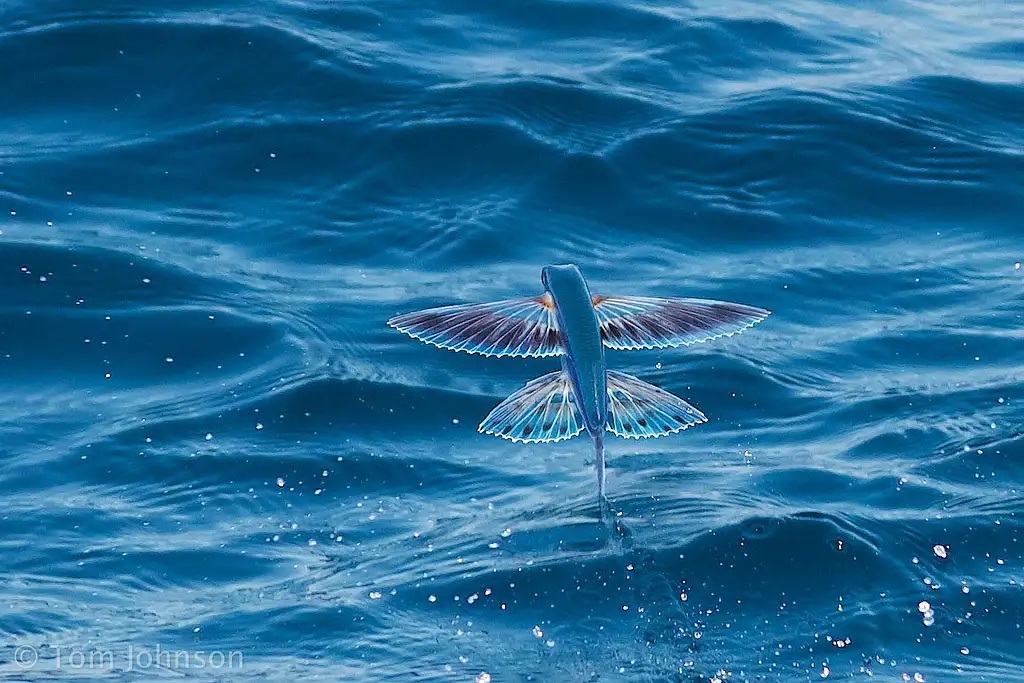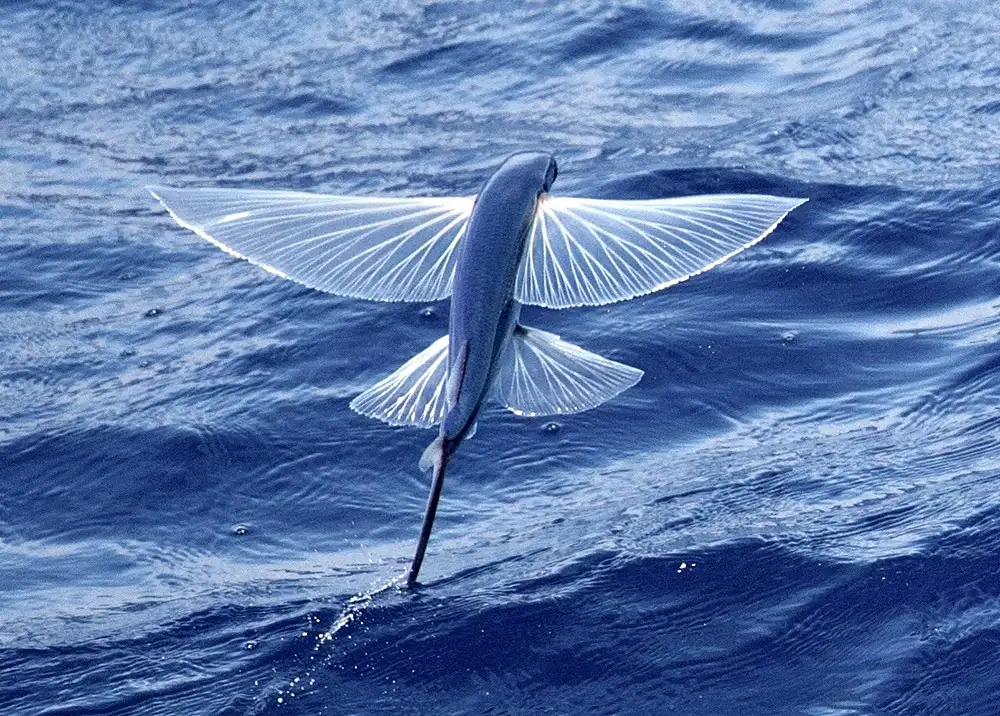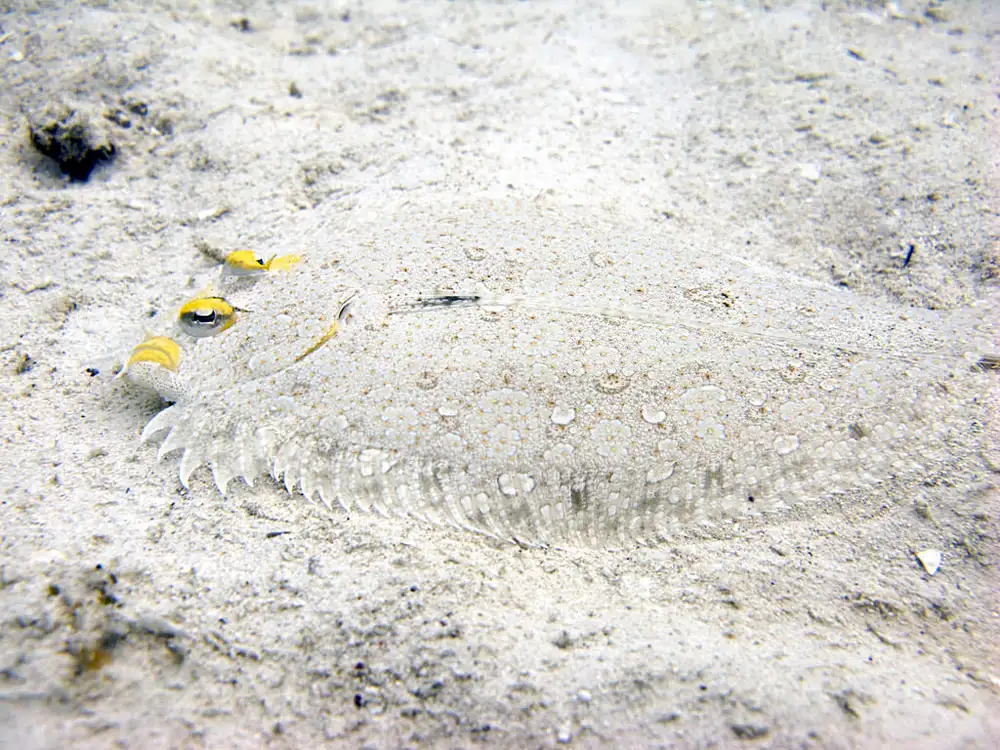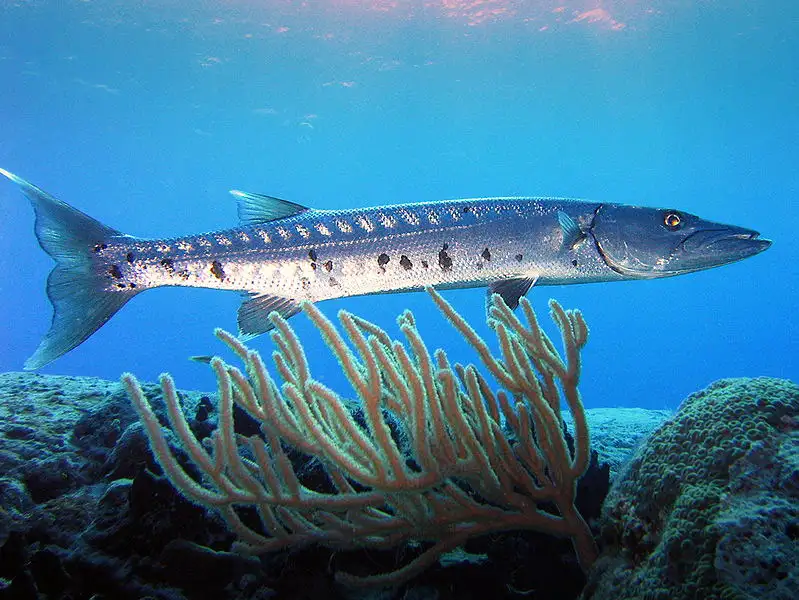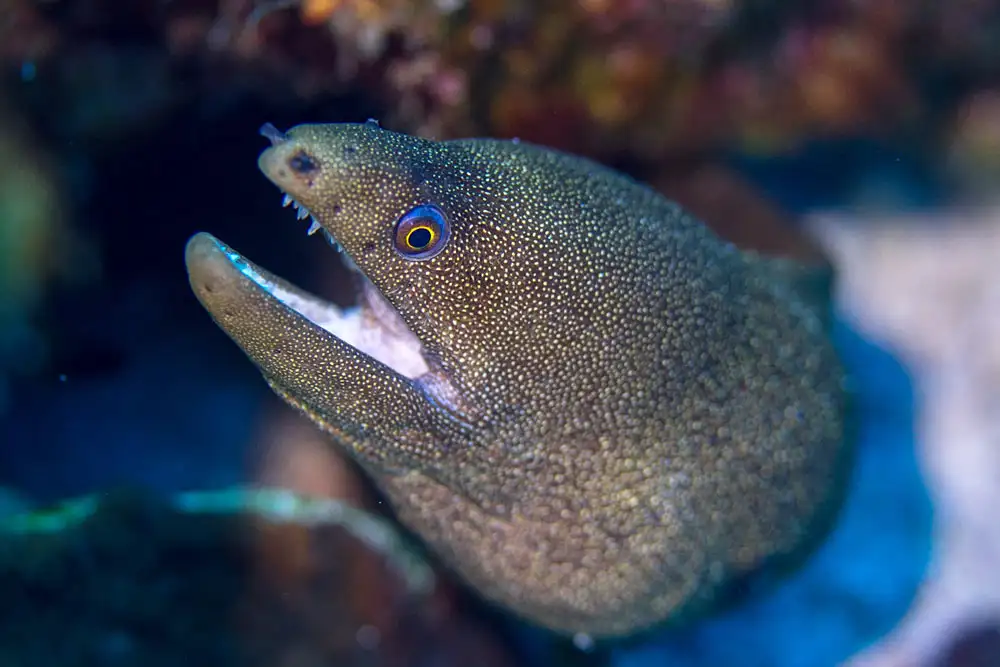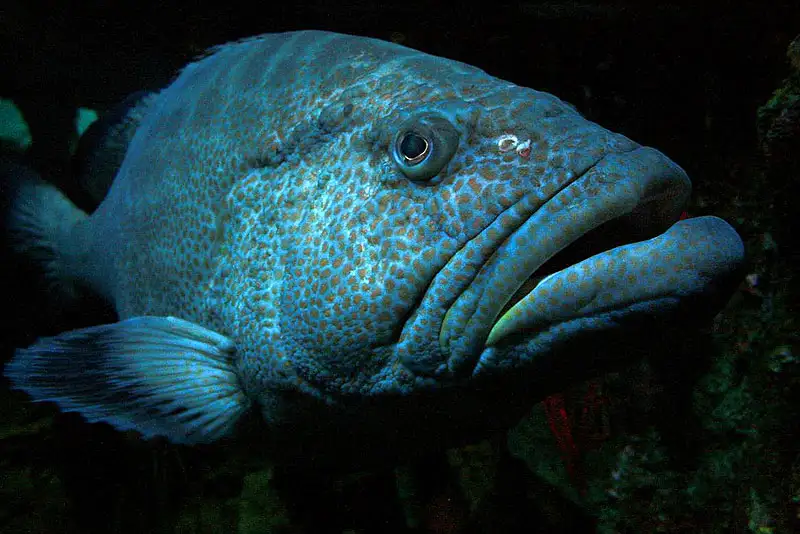Exocoetus volitans
IUCN
LCBasic Information
Scientific classification
- name:Exocoetus volitans
- Scientific Name:Exocoetus volitans
- Outline:Medium Fish
- Family:Exocoetidae Exocoetus
Vital signs
- length:20–30 cm; max ~35 cm
- Weight:Small epipelagic fish; varies by region
- lifetime:Typically 2–5 years
Feature
Elongated pectorals for gliding; long lower caudal lobe for taxiing; pelagic eggs with tendrils; light attraction.
Distribution and Habitat
Circumtropical/subtropical epipelagic waters (0–50 m), associated with fronts/slicks and flotsam.
Appearance
Silvery body; very long pectorals; short pelvics; posterior dorsal fin; elongated lower caudal lobe.
Details
Exocoetus volitans—a widespread flyingfish of the family Exocoetidae—is among the most common oceanic species globally. Its greatly elongated pectoral fins act like “wings” during take‑off and gliding, while the elongated lower caudal lobe lashes the surface to gain extra speed for multi‑stage glides.
Ecology & Biology
Diet: mainly planktonic crustaceans (e.g., copepods), plus small fishes/squid.
Behaviour: glides above water when pursued by predators such as mahi‑mahi, tunas and billfishes; commonly attracted to lights at night.
Reproduction: pelagic eggs with tendrils that adhere to Sargassum, driftwood and marine debris.
Identification
Very long pectoral fins (“two‑winged”); pelvic fins comparatively short.
Lower caudal lobe markedly elongated for taxiing and re‑acceleration.
Silvery flanks; slightly projecting lower jaw; large, deciduous scales; posteriorly placed dorsal fin.
Size & Longevity
Length: typically 20–30 cm, up to about ~35 cm.
Life: usually 2–5 years, varying by region.
Range & Habitat
Circumtropical/subtropical in the epipelagic zone, often within the top 0–50 m, frequently associated with fronts and slicks.
Conservation & Use
Status: overall stable; local fisheries/bycatch and night light‑fishing can influence population structure.
Use: important food/bait fish in many regions; also iconic in natural history displays.
IUCN: Least Concern (LC) (subject to latest assessment).
FAQ
Q1. Do flyingfishes really fly? They glide—gaining lift with extended pectorals after high‑speed take‑off.
Q2. Why is the lower tail lobe longer? It slaps the surface to maintain speed and initiate successive glides.
Q3. Two‑wing vs four‑wing? Exocoetus are generally two‑winged (elongate pectorals only); “four‑winged” species also elongate the pelvics.
Q4. Any bycatch concerns? Light‑attraction and surface‑set gears can take schools; monitoring and gear adjustments help.

